Learn to Make 5 Artisan Cheeses at Home in a Single Morning
NO EXPERIENCE OR FANCY EQUIPMENT REQUIRED
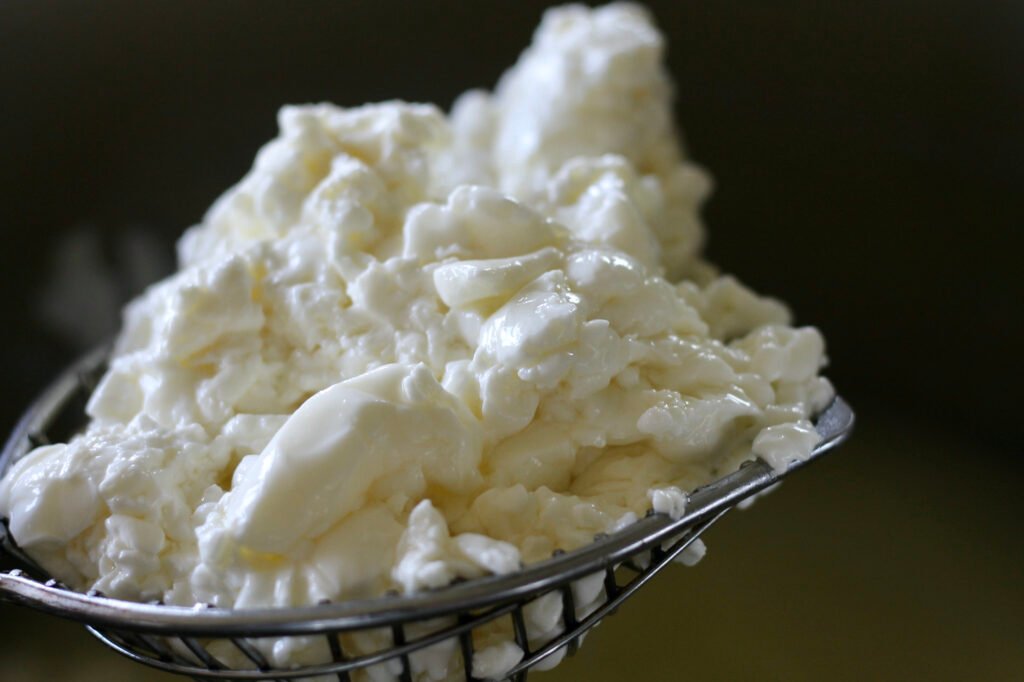
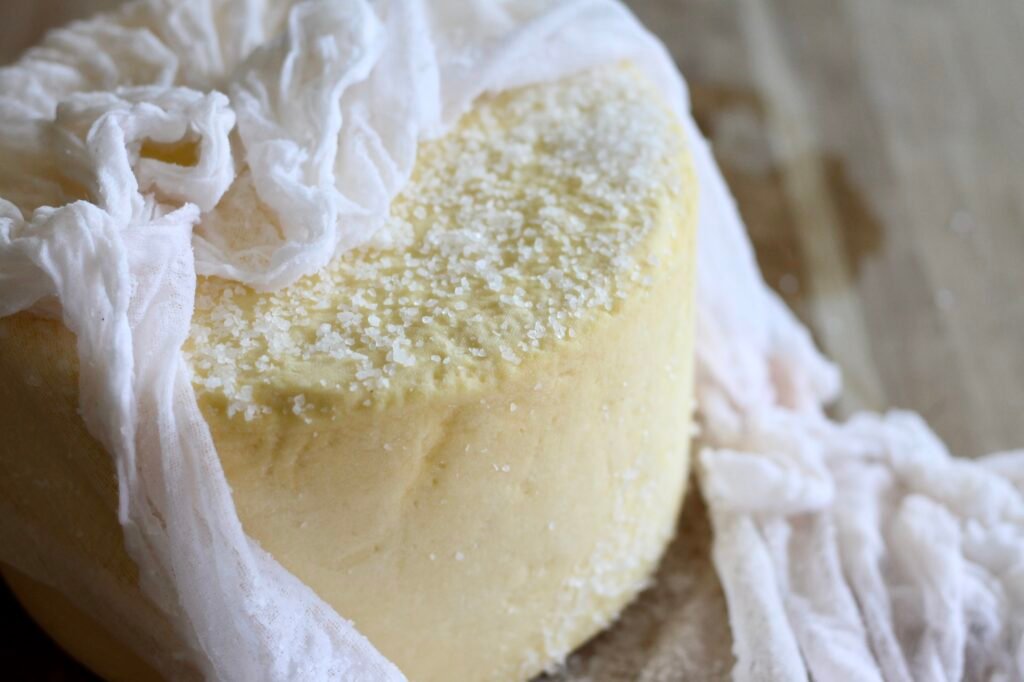
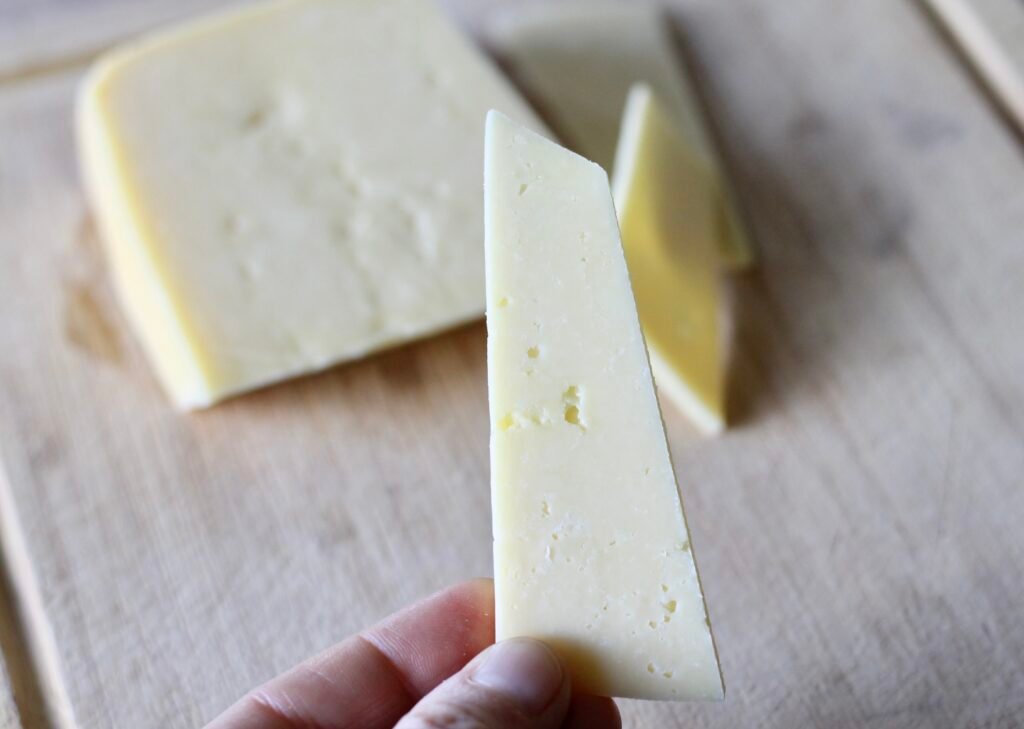
This step-by-step, on-demand workshop removes the mystery from cheesemaking so you can create delicious cheeses you’ll be proud to share!
“I loved the course. It’s got it all! And the idea of five cheeses from basically one effort is perfect.”
Trish
⭐⭐⭐⭐⭐
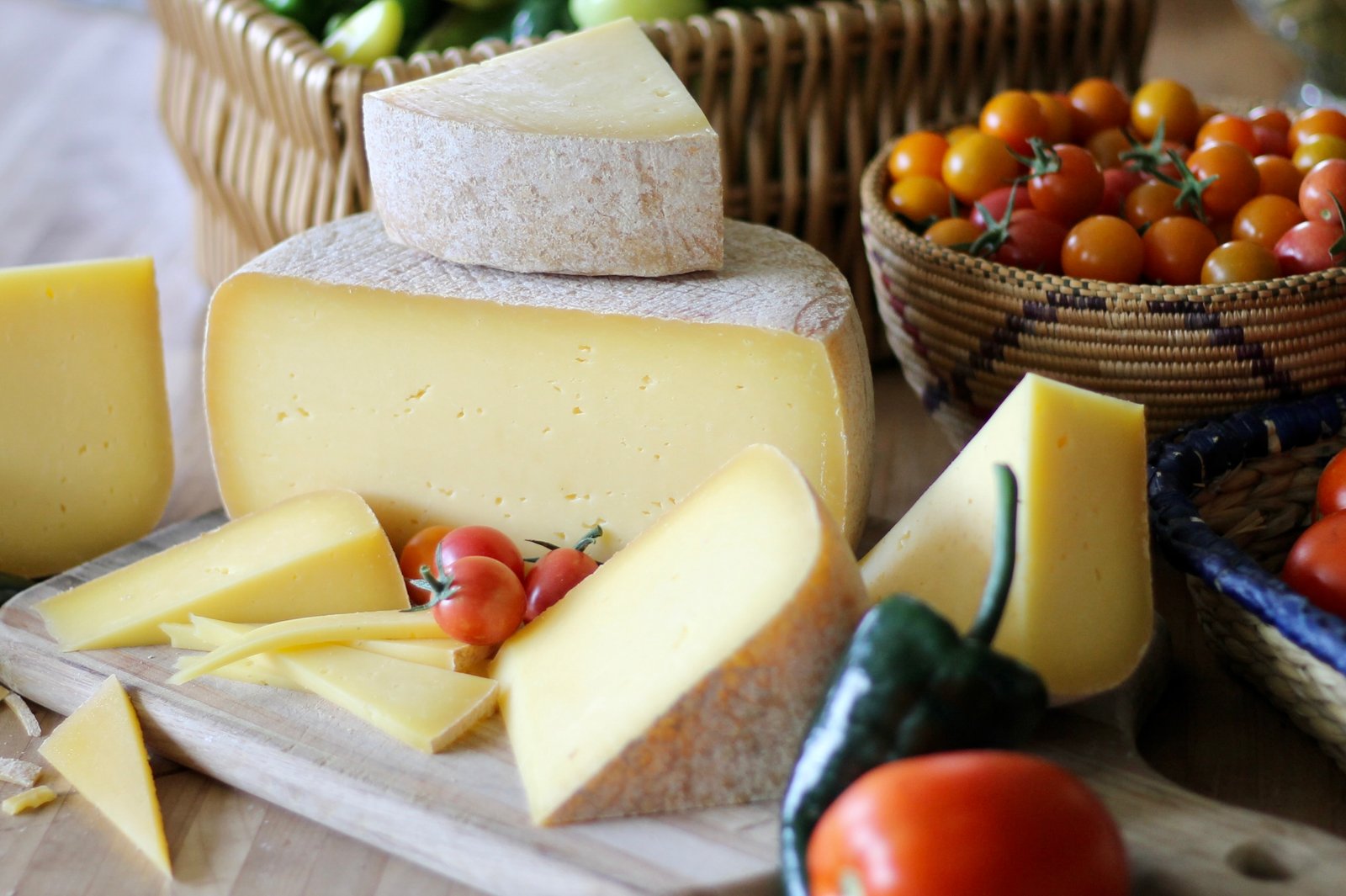
Does this sound like you?
✓ You’re brand new to cheesemaking and don’t know where to start.
✓ You’ve followed recipes exactly — but you aren’t satisfied with the results.
✓ You’ve avoided getting started because you don’t have a “cave” or the right tools.
✓ You’re afraid of wasting milk, time, or energy.
You’re not the only one!
How To Make Any Cheese in an Ordinary Kitchen
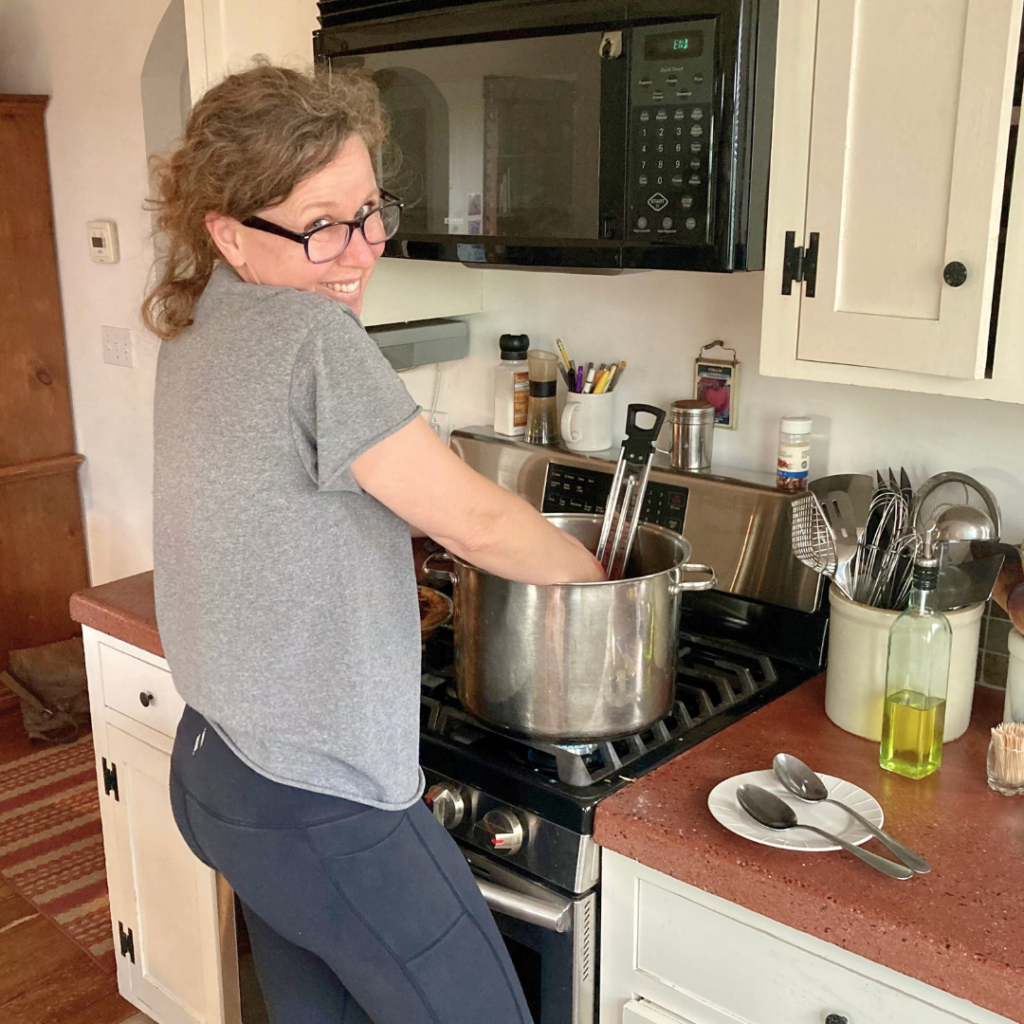
When I first started making cheese, I felt completely overwhelmed. I wanted to make lots of real, delicious, varied cheeses — but without expensive tools or scientific precision.
However, my kitchen was noisy and messy, full of teenagers and projects. And even though I was a skilled cook and professional baker, the cheesemaking terminology, tools, and steps all felt foreign. Plus, I didn’t know a single cheesemaker.
But there I was, with a newly-freshened cow and more milk than I knew what to do with. I was determined to figure it out.
I devoured every resource I could find—books, videos, forums, blog posts—but the information was scattered, complex, and often tailored to people unlike me.
Most cheesemakers seemed to fall into one of three camps:
• Homesteaders making just a few basic cheeses
• Hobbyists in pristine, lab-like kitchens
• Professionals with intimidating technical mastery
I didn’t fit any of those, so I started doing things differently.
I stopped chasing perfection and started paying attention to the milk. I leaned into natural cultures, got hands-on with my cheeses, and focused on what I was seeing, smelling, and feeling — not on just what the recipe told me to do.
And that’s when things began to shift.
I started saving time and money. My cheeses got creamier and more flavorful. I got braver. I discovered I could adapt recipes and still get great results. Cheesemaking became intuitive, and honestly? A lot more fun.
That’s why I created this workshop.
It’s the guide I wish I’d had — a clear, practical way to cut through the noise and make good cheeses from the start.
In my one-day workshop, you’ll make 5 kinds of cheese from a single pot of milk. You’ll understand the flow of cheesemaking. You’ll learn to trust yourself, adapt ingredients and instructions as needed, and actually enjoy the process.
And the best part? You’ll get to eat cheese. Lots and lots of delicious cheese that you made yourself.
It’s gonna feel like magic!
“I have become a much braver cheesemaker watching and listening to you. Thank you!”
Cyrus
⭐⭐⭐⭐⭐
How this workshop sets you up for cheesemaking success.
✓ Visual and sensory cues: You won’t just be told how the curds behave — you’ll learn to feel it. You’ll be able to trust your hands, not just the instructions.
✓ Mistake-friendly and real-life tested: This isn’t lab cheesemaking. It’s designed for real kitchens, flexible schedules, and imperfect tools.
✓ One complete process, start to finish: You’ll follow one cheese all the way through — from culturing to pressing to tasting — so you don’t miss even the tiniest details.
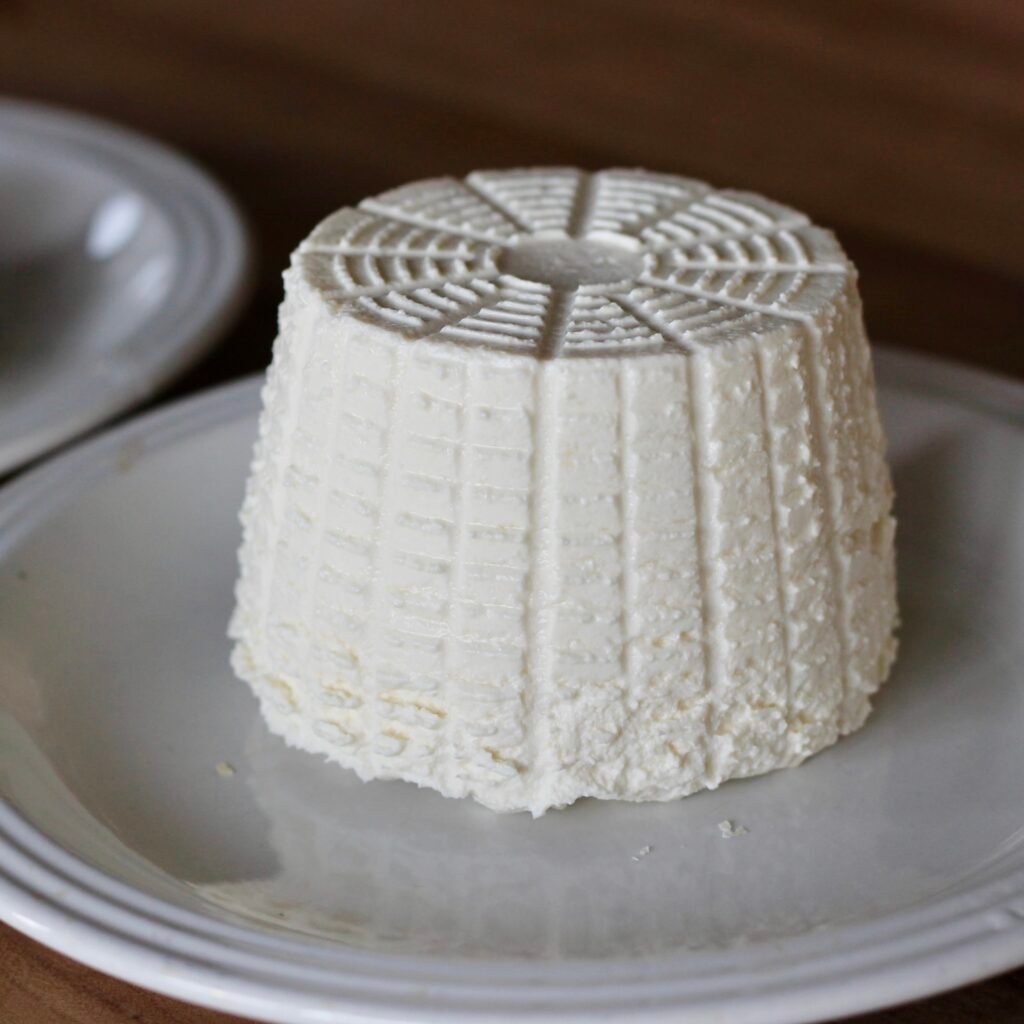
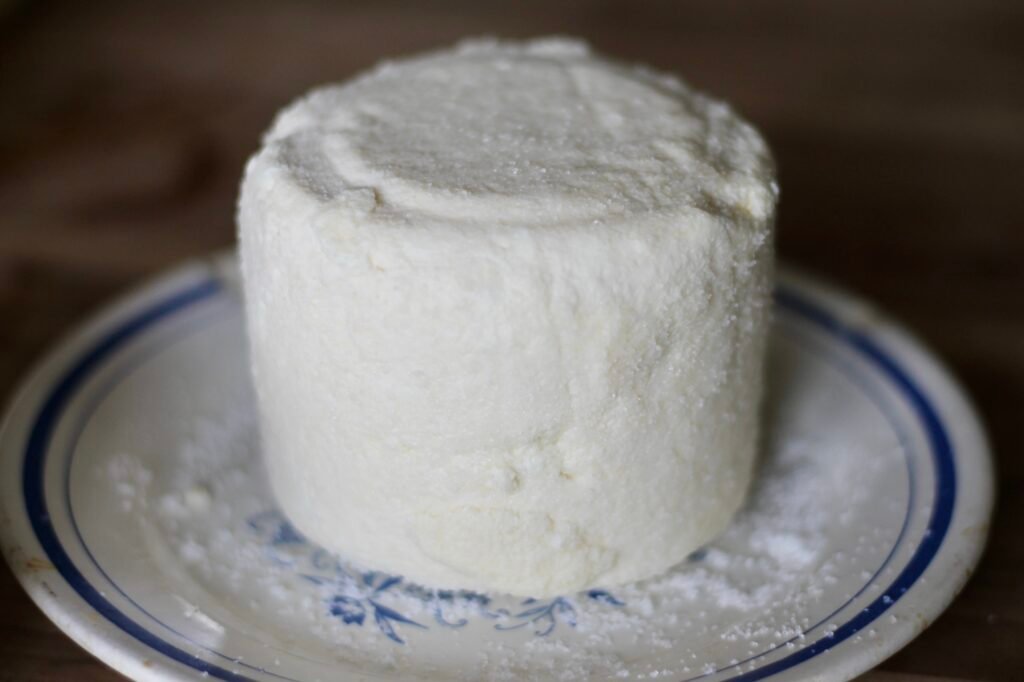
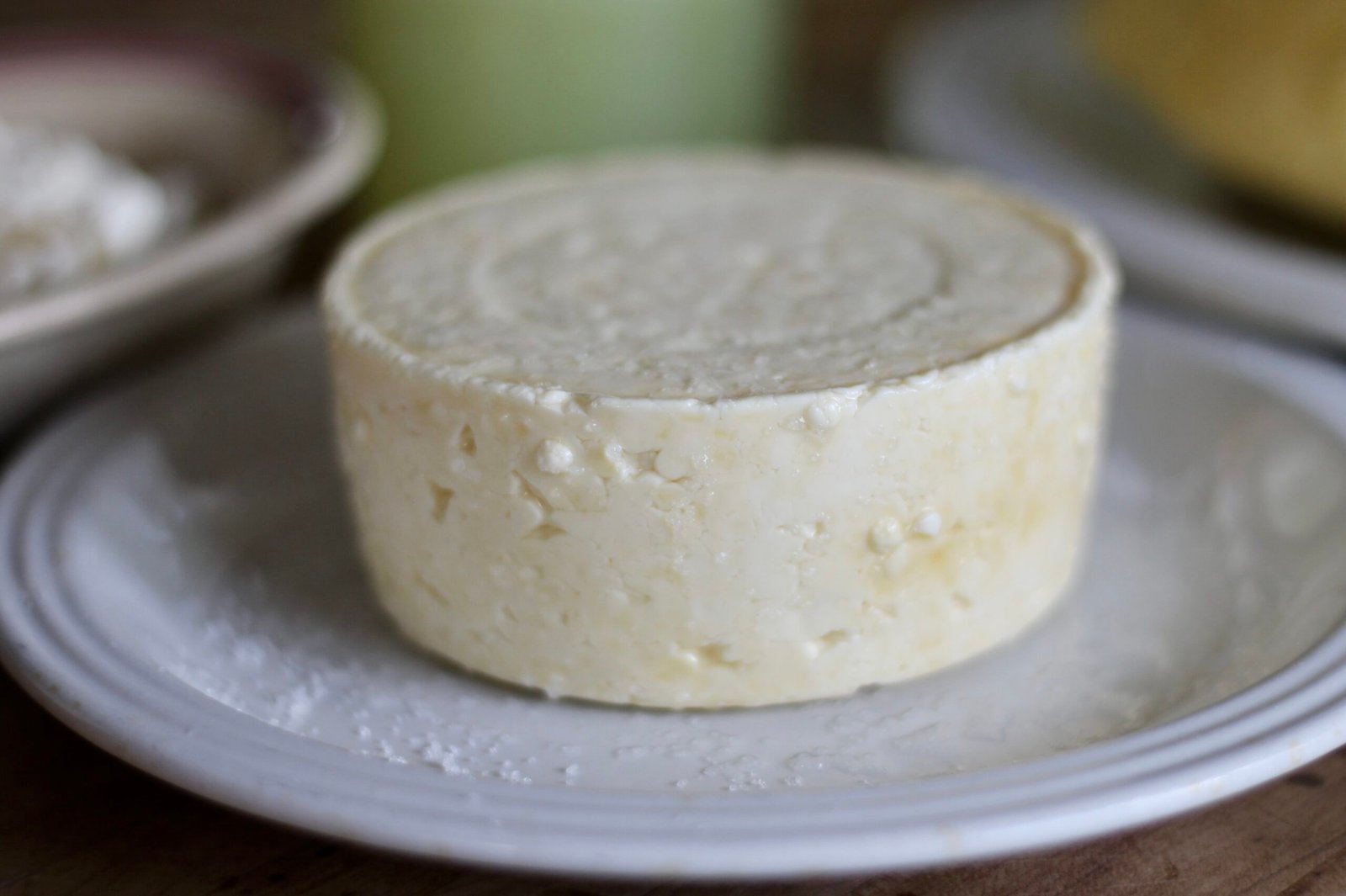
What People Are Saying About Milkslinger
“I like that you show your process, even when things go sideways. That’s what gave me confidence to start experimenting at home.”
Cian
“That’s why I’ve enjoyed your channel a lot —because you show the struggle and how to fix it.”
Heather
“I like seeing you fix a problem and then try it again. That’s what I learn from.”
Verena
“I’m always amazed at your confidence. I’d be freaking out with some of things that seem to ‘go wrong’ but you just seem to think ‘I can fix that’ and carry on. So inspiring.”
Sam
“I spend a lot of time watching your videos because you have removed the ‘scary mystery’ from cheese making for me. Thank you. I am now a cheesemaking nerd!”
Sonja
“I’ve recently discovered your videos and am new to cheese making. I love your videos — they’re so natural, but helpful and resourceful.”
Fern
“Watching you have fun with [cheesemaking] reminds me that I can have fun too. It doesn’t have to be white gloves and perfection.”
Kristie
“Just wanted to say thank you for your epic videos!! You’ve given me the confidence to be creative and trust that I know the basics enough to try new cheeses!”
Carrie
“Watching your videos made me feel like I could just try. That I didn’t need a farm, or a cow, or a lab.”
Ellen
“I love how you explain cheese making to us rookie cheese makers. You give us confidence to make any cheese. Thank you for all the time you put into your videos — they are so entertaining and inspiring.”
Jax
“I’ve learned so so so much about cheese making from you. I love your style and mishmash recipes!”
Harold
“I have made so many cheeses now as a result of watching your videos. You are truly an inspiration to me. Please never change your down-to-earth fun and honesty.”
Anniè
“I learn so much from you in all of your videos! I’m growing my confidence!”
Ky
“Your videos have given me the courage to try again, and my cheeses are turning out great. I’m making cheese every other day now and it is fun! Thank you thank you thank you!!!”
JC
“You’re helping me bring real food back into my kitchen — thank you.”
Lynda
“I made my first cheeses this week! Granted, it was only cream cheese and a queso blanco, but I was so happy and bouncing around the kitchen. I wouldn’t even have tried before watching your channel, so thank you for this so much. xx.”
Susan
“It’s so nice to know that cheesemaking can be fun and not so dern stodgy.”
Janice
“I absolutely adore your videos. I’ve made a handful of queso frescos and mozzarella, but this year I’m beginning my aged cheese journey. Your process has helped me visually so much (especially the washing and aging). Thank you, thank you!”
Christy
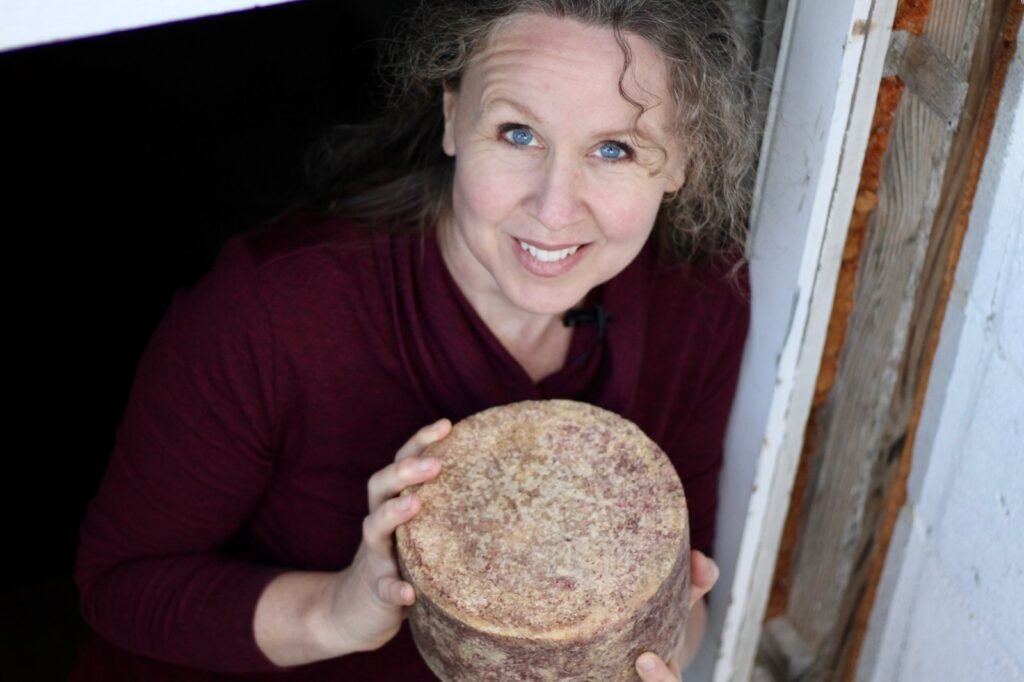
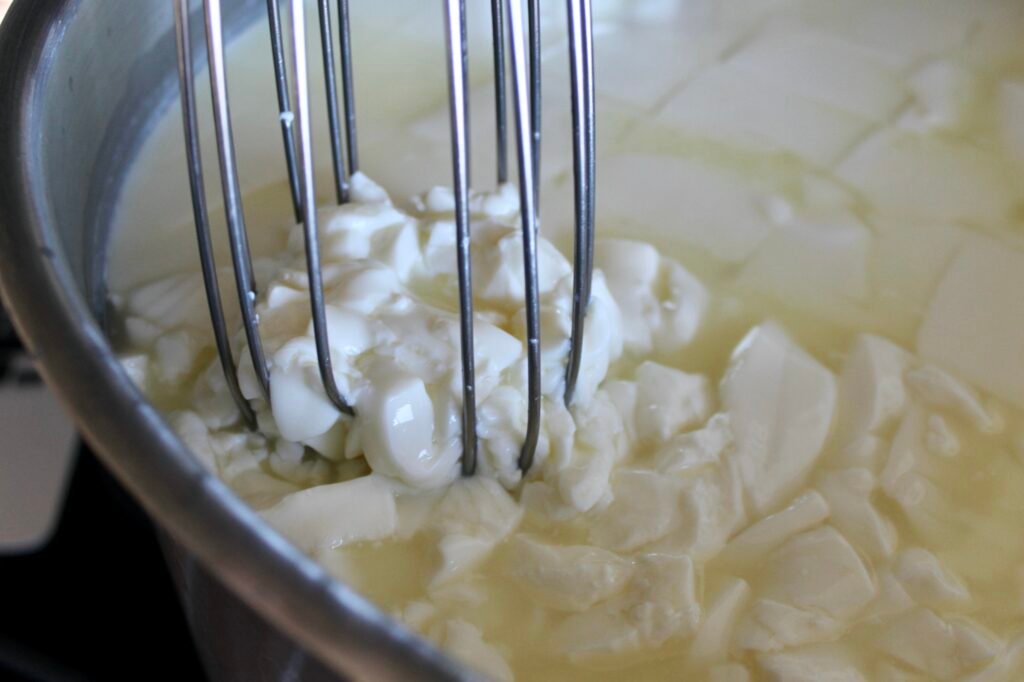
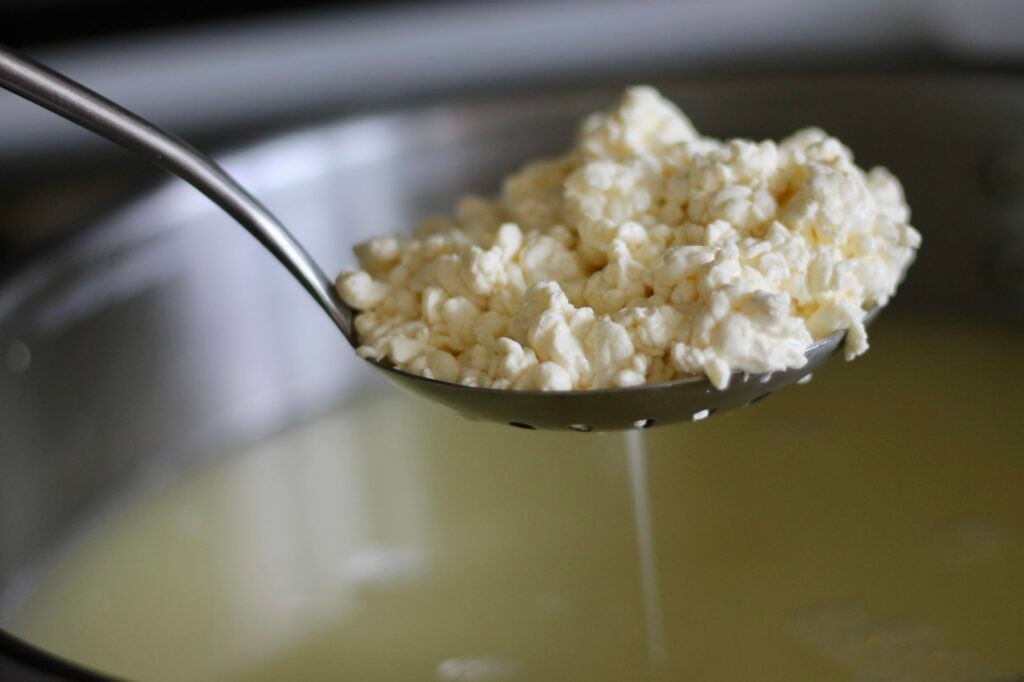
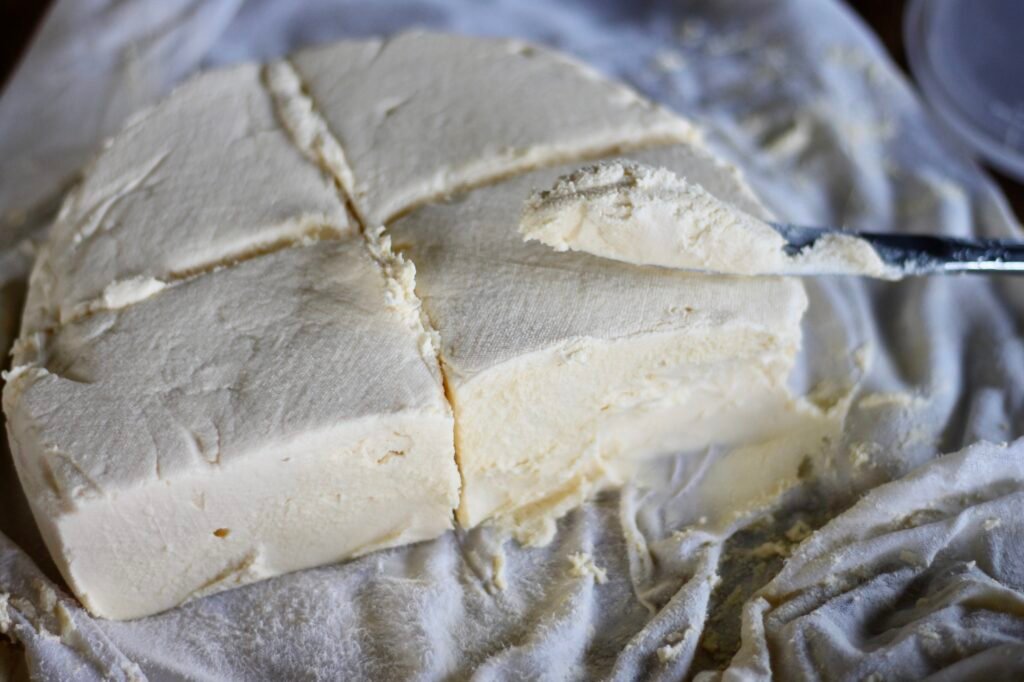
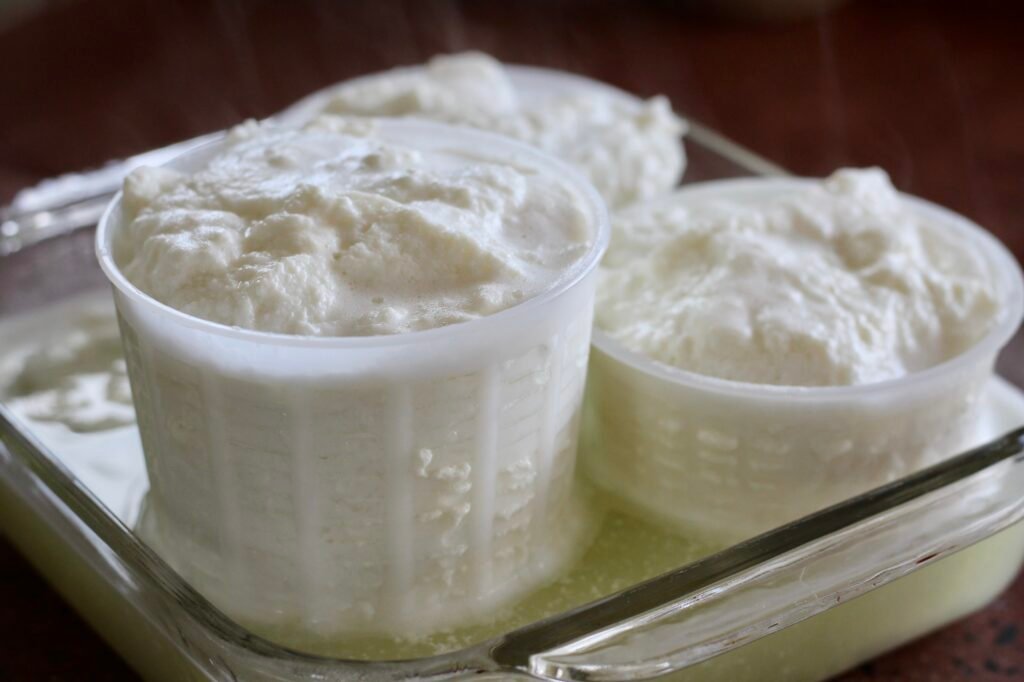
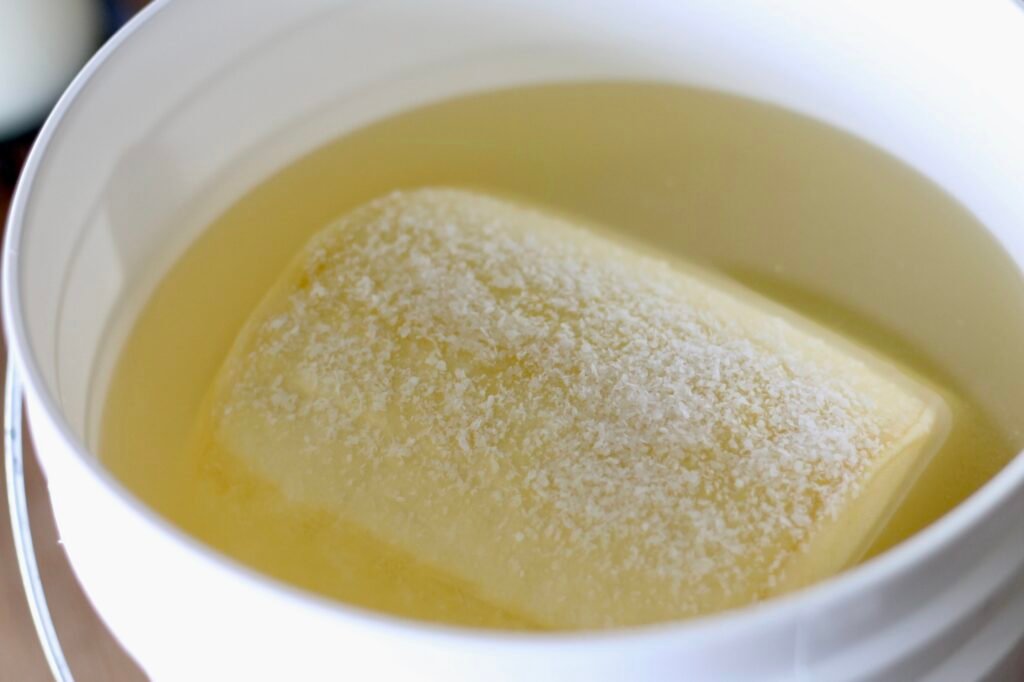
How You’ll Make 5 Kinds of Cheese From 1 Pot of Milk
This isn’t just a cheesemaking demo — it’s a start-to-finish walkthrough of how cheese actually works, why it behaves the way it does, and how you can make it in your own kitchen with just the simplest of tools and real milk.
Whether you’re brand new or still struggling to get your footing, this workshop is designed to give you visible progress and practical wins — and cheese!
➜ Step 1: Start with one basic cheese
Learn the foundations while making a hard cheese you’ll actually want to eat. You’ll follow along as I start by making one basic cheese in my kitchen. At key moments, I’ll scoop out some of the curds and transform them into other kinds of cheese like cottage cheese and queso fresco. Through this process, you will learn how to seamlessly make 5 different kinds of cheese, all from a single pot of milk.
➜ Step 2: Transform your whey into more cheese
Waste nothing — and learn how to make the most of every drop. You’ll learn how to turn leftover whey into ricotta, and then how to press some of that ricotta into yet another kind of cheese. You’ll also save a bit of whey to culture the next day’s batch, just like the traditional cheesemakers.
➜ Step 3: Master the aging options (without the fancy setup)
Understand how aging works and choose the method that fits your kitchen and comfort level. I’ll compare natural rinds, vac sealing, and wine-fridge aging — and explain when and why each one works. You’ll learn which cheeses work best with the simplest of aging techniques so that you’ll be able to age cheese without a fancy cave.
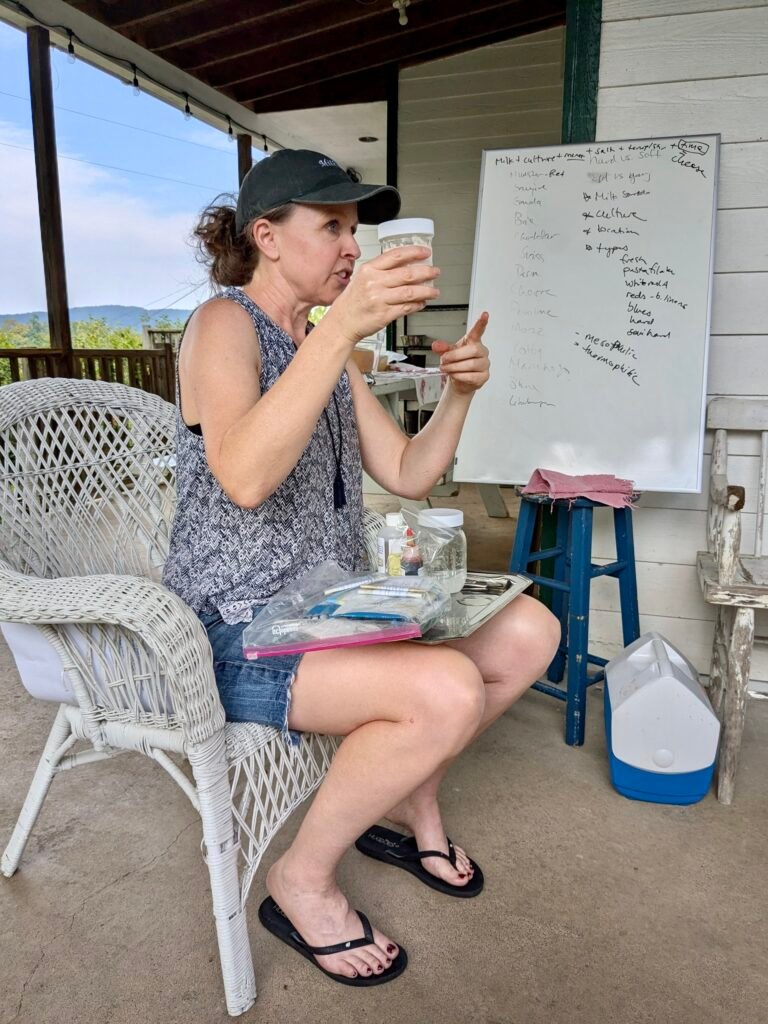
What You’ll Get
✓ Step-by-step video demonstrations of the full process so you’ll know what to look for.
✓ PDF guides with written instructions, a list of necessary tools (and how to DIY the ones you don’t have), flowcharts, and explanations of cheesemaking terminology. All of this is so you can stay focused, avoid mistakes, and feel confident even when you’re not watching the videos.
✓ Troubleshooting tips to help you adjust as you go.
✓ Lifetime access so you can learn on your own schedule and revisit the material forever.
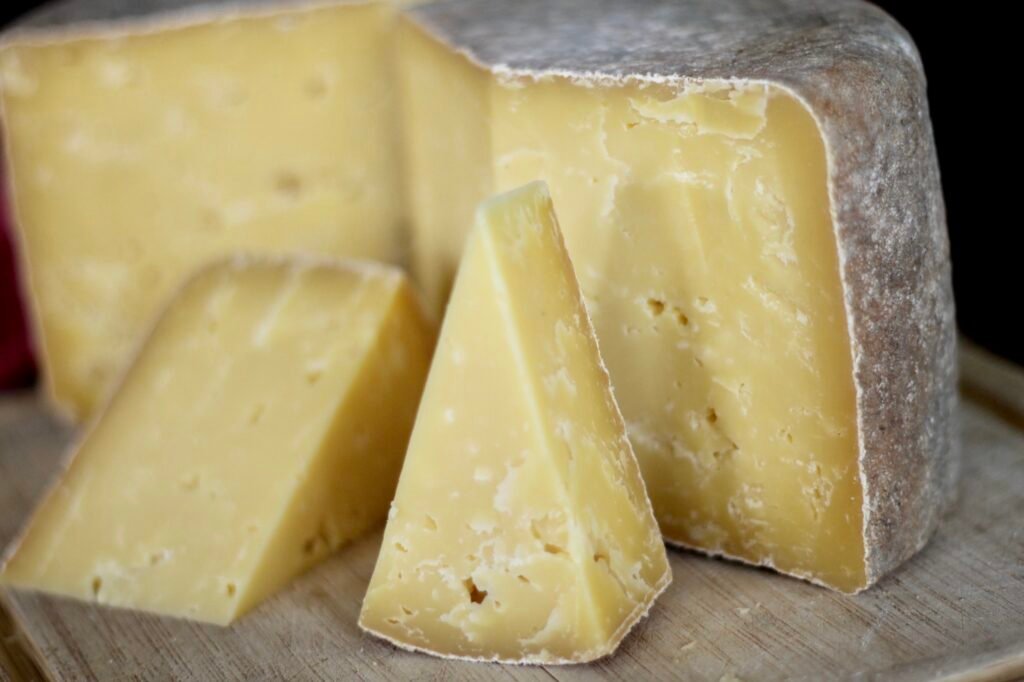
By the end of this workshop, you’ll understand what happens during cheesemaking, why it matters, and how to make your own homemade cheeses with equipment you already have in your kitchen.
Early-Bird Discount — Only 20 Spots!
Use the promo code EARLYBIRD to claim your special discount!
This 20% discount gives you exclusive access to . . .
⭑ Fast Answers — Got a question? Get clear, no-fluff answers from me, fast.
⭑ 30 Days of Personalized Support — I’ll check in on your progress and offer guidance.
⭑ Real-Time Troubleshooting — If you get stuck, I’ll step in to help keep your cheese on track.
Once these spots are claimed, they’re gone for good. Act fast and grab yours now!
“Ms. Milkslinger, I just love the way you present these skills, tips, and recipes, so down to earth, human, realistic, and with enough elbow room to encourage even those of us with the least faith in our abilities. You make it so that, as soon as I think, ‘Oh, no! What if I screw up?’ then I think, ‘It’s not a problem! It’s all going to be okay. Just be reasonable, not ridiculously perfectionistic.’ And then I feel my shoulders drop into a relaxed state as I plan my next move. Thank you so much for making these recipes so available to all the rest of us!”
Ani
⭐⭐⭐⭐⭐
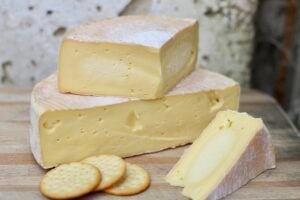
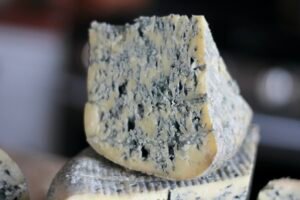
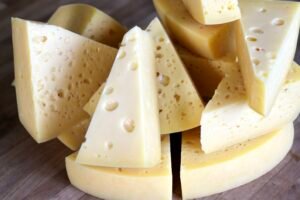
Is this workshop right for you?
This workshop is a great fit if …
✓ You’re new to cheesemaking — or you’ve dabbled but still feel unsure about your results.
✓ You’ve followed recipes or watched tutorials but still don’t trust your cheeses will turn out right.
✓ You want to understand why things happen in cheesemaking, so you’ll know when things are going right or wrong.
✓ You’re overwhelmed by tools, caves, or terminology and just want practical guidance to get started.
✓ You’re excited to make real cheese in a real kitchen, with ordinary tools and no perfection required.
This workshop might NOT be the best fit if …
✗ You’re looking for advanced techniques on blue cheese, bloomy rinds, or specialized aging conditions.
✗ You expect detailed instruction on freeze-dried (DVI) cultures, strain types, or dosage adjustments.
✗ You’re using store-bought or goat’s milk and want highly specific, tested guidance. (See the caveat below.)
✗ You prefer quick recipe-style demos rather than full-process walkthroughs.
✗ You already have a cheese cave, consistent results, and a troubleshooting system that works.
Caveat: This course is based on cheeses made with fresh cow’s milk and natural cultures. The workshop recipes and techniques can be adapted for store-bought or goat’s milk, and I’ll provide a few tips to set you up for success, but I am unable to offer tailored support for cheesemaking with those kinds of milk.
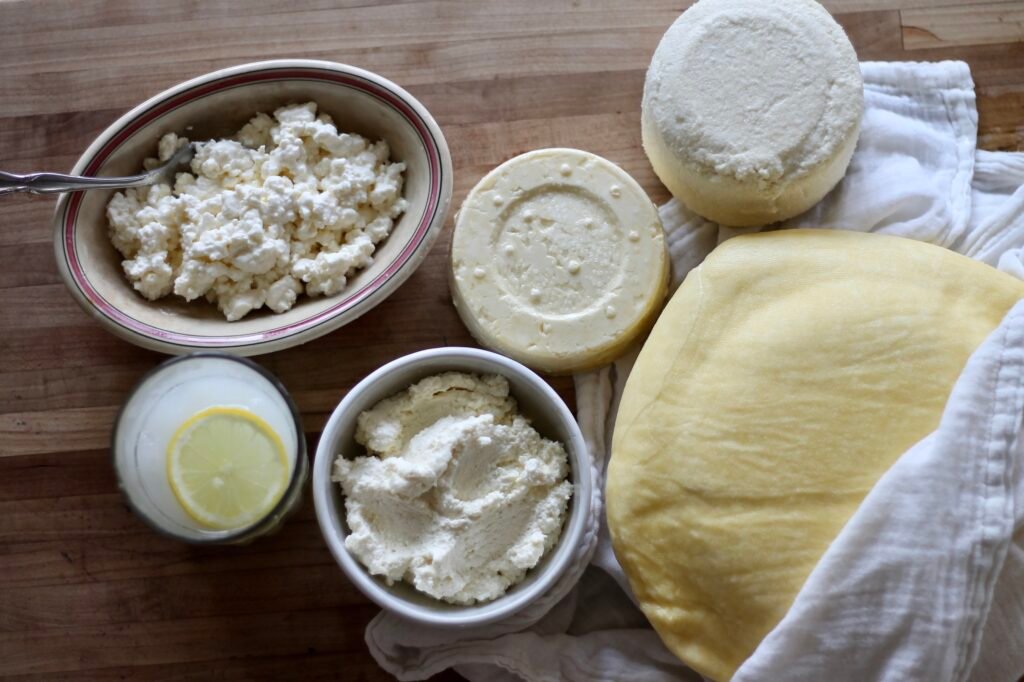
Still not sure it’s a fit?
This is my zero-risk guarantee.
I am completely confident that you will learn to make cheese following this workshop. But I understand that it’s an investment and all investments carry risk. It’s only worth your money if it works for you.
So to make this decision an absolute no-brainer, I’m going to personally shoulder all the risk.
That’s right — if it doesn’t work for you, you won’t pay a dime. Simply shoot me an email and I’ll refund you immediately.
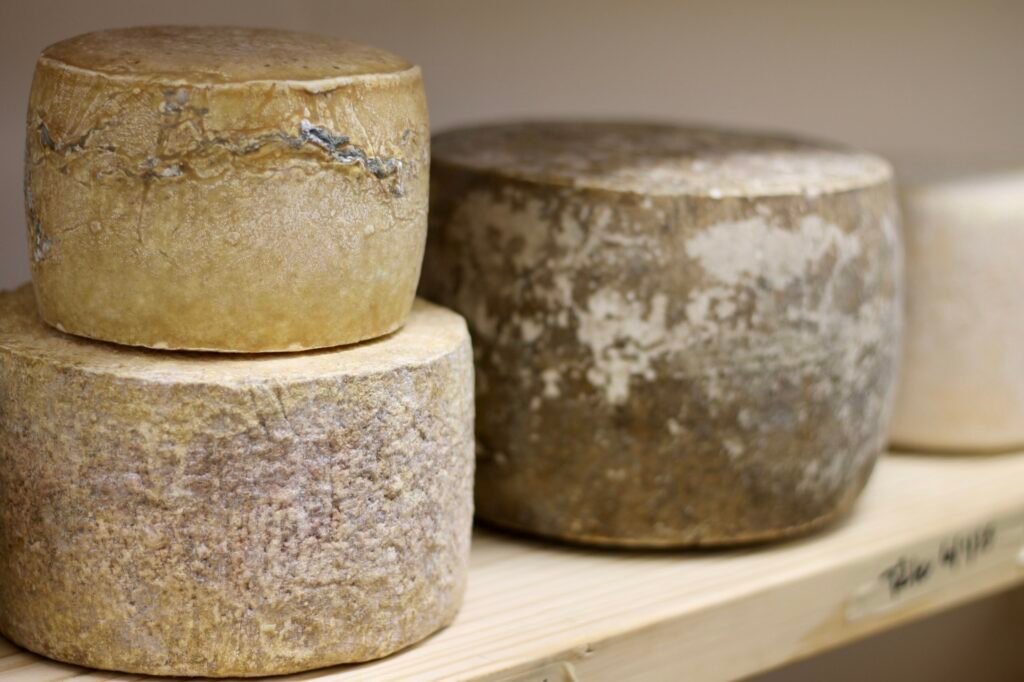
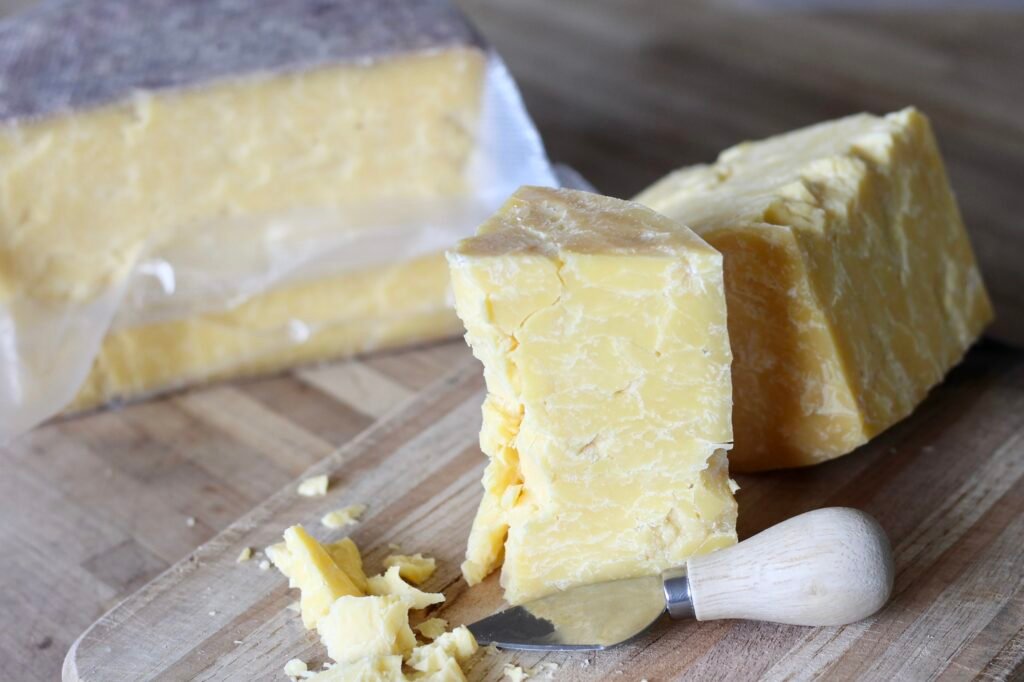
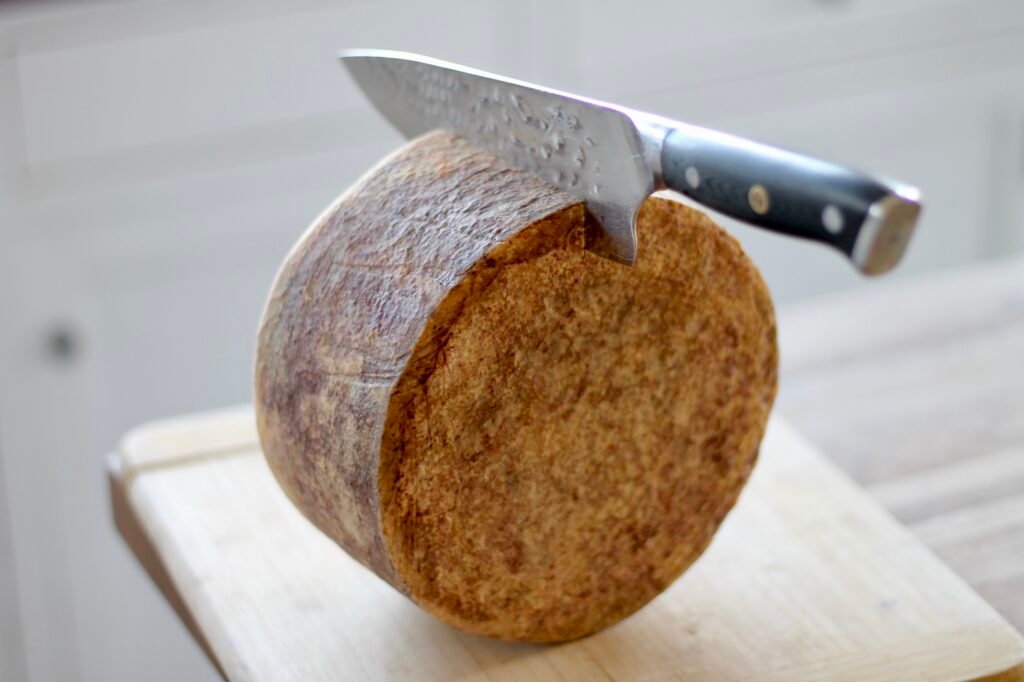
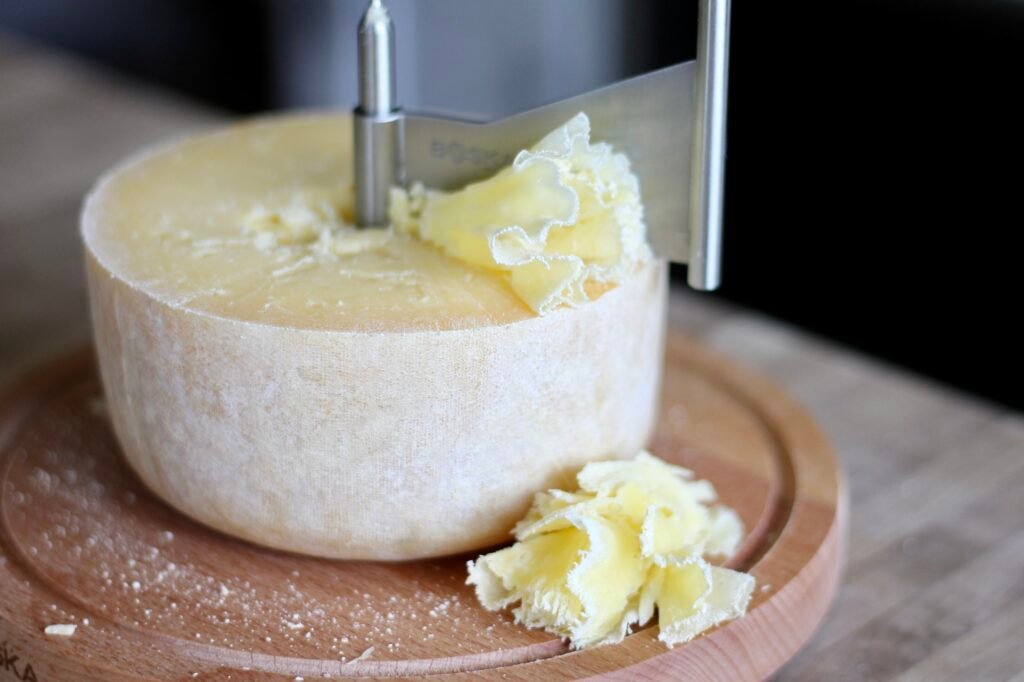
Ready to make cheese?
You’ve made it this far because you want to eat delicious cheese that you’ve made yourself. Maybe you’re tired of confusing results or wondering if your cheese is even safe to eat. Maybe you’re a novice and just want a clear, doable way to get started.
This workshop is your opportunity to finally understand what’s happening in your cheese, and to feel proud of what you’ve made.
Instead of piecing things together from forums and YouTube as you’ve been doing, simply follow a complete process that’s designed to work in everyday, ordinary kitchens.
Every batch you don’t make is another step further from the confidence you want. So why wait? I’ve built this so you could stop second-guessing yourself and start making cheese — for real.
Take the first step toward making your very own mouthwatering cheeses. Click the button below to start today.
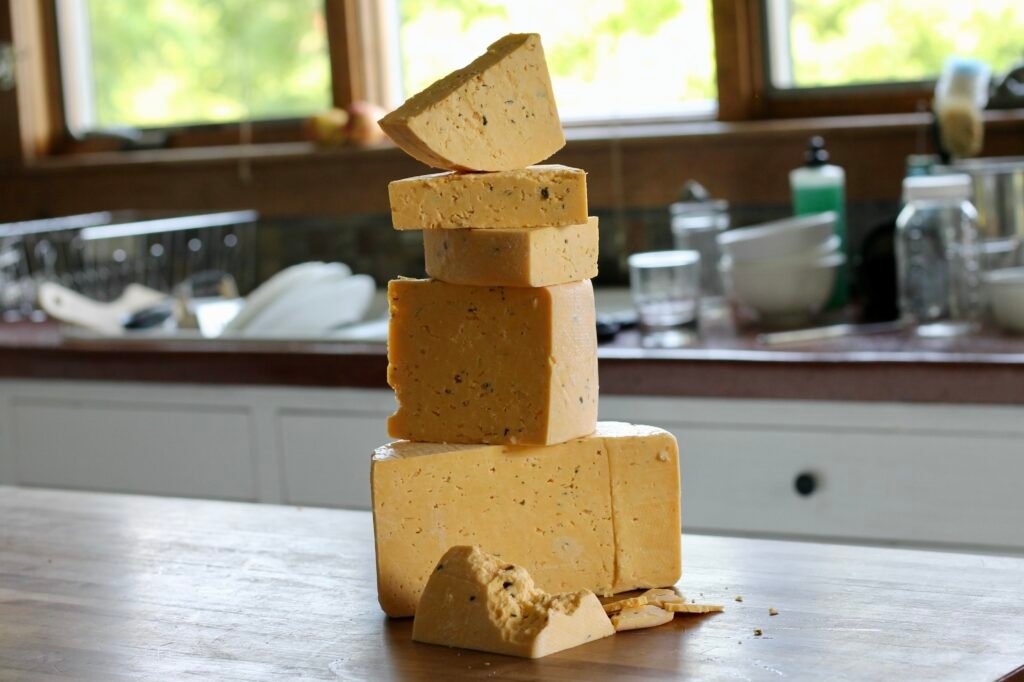
“I dearly love your videos. They are my primary source for making cheese. I have learned so much from you. Your recent video was honestly a master class in resetting the mind of a home cheesemaker.”
Verena
⭐⭐⭐⭐⭐
FAQ
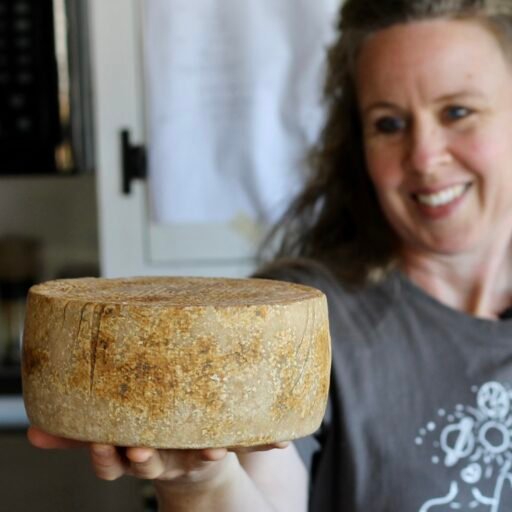
Note: all cheeses pictured here were made in the Milkslinger kitchen.